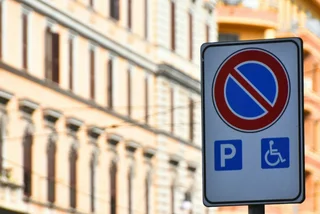Prague, long renowned for its robust public transportation system, holds the top spot in a recent study conducted by the European Commission on urban public transport use, reports iDnes.cz. Despite this, the number of cars in the Czech capital is also at unusual highs.
The study, title Quality of Life in European Cities 2023, reveals that 71 percent of Prague's population utilizes public transport on a daily basis, marking a significant 13 percent increase since 2019. This surge might seem to suggest a potential decline in car usage, following the trend of increased public transport reliance.
PARTNER ARTICLE
But despite the high public transport statistics, Prague exhibits an unexpected paradox – an unusually high number of registered cars. As of the end of 2022, Prague boasted a staggering 1.258 million registered vehicles, nearly matching its population, which has grown to about 1.328 million in 2024.
The Czech Statistical Office, meanwhile, recorded an estimated 1.286 million cars in use in Prague. This abundance of cars is a striking contrast to other European cities with similar or higher public transport use.
"The numbers are partially distorted by company fleets, where large companies based in Prague register cars here for their regional branches as well," Michal Kalina from the Laboratory of Sustainable Urbanism of Czech NGO AutoMat tells iDnes.cz.
"Even so, the number is enormous and an explanation can be found in the 'wild' 90s. As part of the separation from the previous regime, personal car ownership became a symbol of social status that persists to this day. At the same time, it does not make sense with regard to the environment, public space and even economically."
Kalina notes that a significant portion of these cars remains inactive, parked on the streets for most of the year. According to a survey by Czech insurance companies, the amount of time an average car in the Czech Republic is actually being driven adds up to only 14 days annually.
This phenomenon prompts questions about the environmental impact, effective land use, and economic rationale behind the city's elevated car ownership.
Prague is now contemplating a reform of paid parking zones to address these challenges. By increasing prices and expanding zones, authorities aim to encourage car owners to reconsider unnecessary usage of public space and explore more sustainable modes of transportation, including public transit and car-sharing.
Additionally, the city municipality has initiated projects to enhance public transport capacity, such as tram line expansions and the construction of the Metro Line D. The ongoing efforts aim to strike a balance between public transport efficiency and reducing unnecessary car usage in the city.












 Reading time: 2 minutes
Reading time: 2 minutes 



























